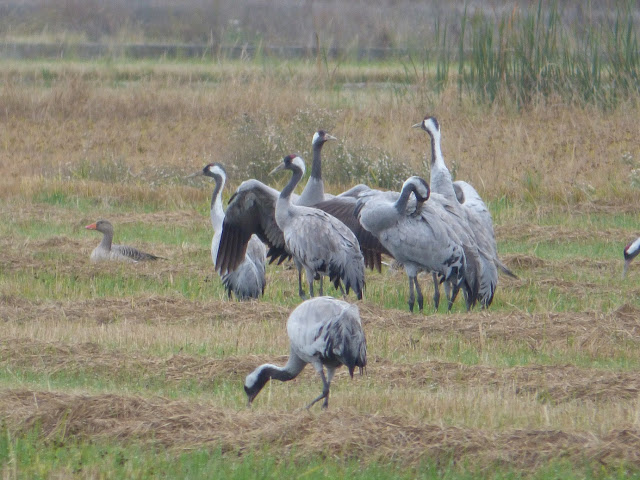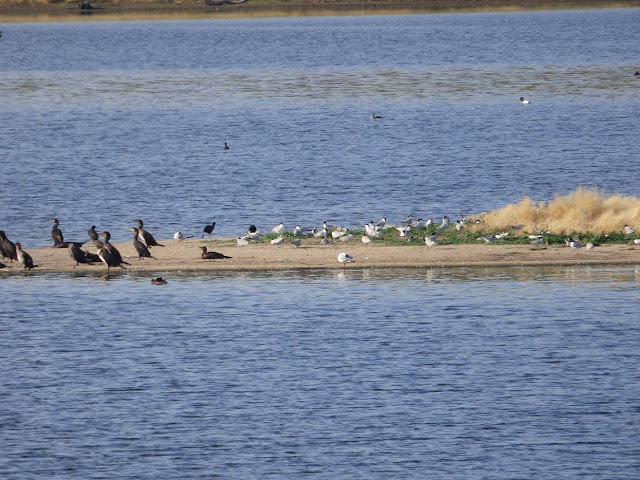Countdown

Dehesa sunset (Martin Kelsey) Springtime weather in deep mid-winter, barely any rain for weeks but swathes of yellow crucifers in flower, a flavour of February indeed, coating the ground of the olive groves. In places even Gum Cistus has been bearing flowers, not to be expected until well into spring. Tree frogs give their slow, measured grating croaks, unseasonally vocal. A confused and messed-up December it seems. The Barn Swallows I saw a week ago, hawking in the bands of sunshine across a placid pool are most likely to be overwintering birds: there are always a few lingerers right through winter, House Martins as well, and it will another four or five weeks until we start seeing genuine arrivals. A Yellow Wagtail we saw last week was a surprise, and most likely too an overwintering bird. But the adult Great Spotted Cuckoo seen this afternoon by a friend nearby must surely be an early migrant. It predates my first ever by ten days (and equals the earliest ever recorded). Th...














